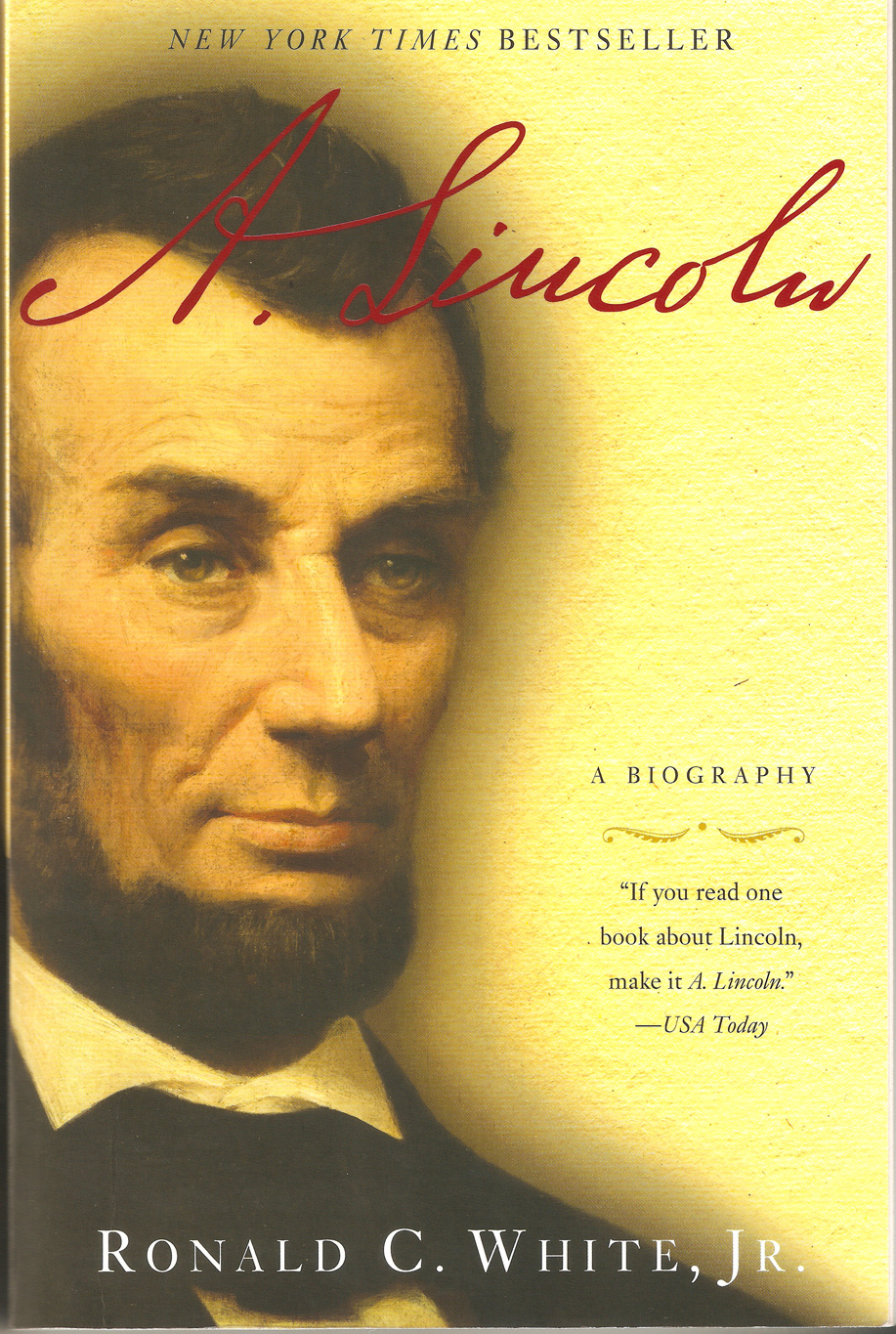It was during his second inaugural address that Abraham Lincoln used the words “with malice toward none, and charity for all.” The year was 1865, and the country had been in the grips of a tragic Civil War for the past four years. The Union was on the verge of victory over the Confederacy, and many who had assembled on the steps of the Capitol might have been eager to hear the Commander in Chief lash out at the secessionists. But instead this great man called on our nation to come together and heal. If Washington was the father of our country, Lincoln was its savior.
Lincoln was a gifted writer and orator. His second inaugural address is among the best speeches ever given. So is the Gettysburg Address. Today these words are inscribed in marble inside the Lincoln Memorial in Washington, D.C.
I learned a lot reading about the 16th president, including a few things that some people (including myself until recently) might not know.
For example, the famous Lincoln-Douglas debates took place not for the presidential election of 1860, but for the 1858 Senate election in Illinois, in which Lincoln was running against the incumbent Democrat. There were seven debates in all, each attended in person by thousands of citizens and widely published in newspapers throughout the country. Although Lincoln lost the Senate seat to Douglas, it was the publicity from the debates that brought Lincoln to national prominence. It had been the second time Lincoln had run for the Senate and lost.
Another thing I learned, is that the Emancipation Proclamation only freed slaves in the states and parts of states that were in rebellion. It did not apply to any slaves in the four border states (Delaware, Kentucky, Maryland and Missouri) that had not joined the Confederacy. Lincoln used his war powers to justify the Emancipation Proclamation. Shortly thereafter, it was under Lincoln’s leadership that Congress passed the 13th Amendment, ending slavery once and for all.
Oh, and I did not realize this either but Appomattox Court House is the name of the town in Virginia (not the building!) where Lee surrendered to Grant, thus ending the Civil War.
Nicknames included Honest Abe and the Rail Splitter. He was also sometimes called Father Abraham. Lincoln had opened a store in Illinois that went out of business, leaving him in debt when he was a young man. He could have skipped town, as most would have probably done, but Lincoln paid off all his creditors, which took him years. That might have inspired Honest Abe. The Rail Splitter had to do with Lincoln’s prowess in his youth with an axe, building fences. Lincoln was really good with an axe. He was strong. He could wrestle too.
More fun facts about Lincoln:
- Born in a log cabin! The log cabin was in Kentucky, but his family moved to Indiana and then to Illinois.
- He liked to read a lot, and when he read, he read aloud. So did Mary Lincoln, and they often read aloud to each other.
- He did not drink, smoke or swear.
- At various times in his early life, Lincoln slept in the same bed with another man. It’s not clear to me if he did this because it was the custom back in those days? Or maybe he liked to share a bed with another man? Or maybe there was a bed shortage in the 19th Century?
- He was often photographed, but there are no audio recordings of his voice.
- He started his political career as a member of the Whig party. He served in the Illinois state legislature, and then one single term as a Whig in the U.S. House of Representatives. Polk was president, and Lincoln challenged him on justification for going to war with Mexico.
Thousands of books have been written about Lincoln. If you go to the Strand Bookstore on Broadway and 12th Street in New York City, the section is about five feet wide from the floor to way above my head. Online, you can find lists of the “Top 5 biographies” or the “Top 25 biographies” of Lincoln, there is even one list that includes 86 titles. I selected “A. Lincoln: A Biography,” by Ronald C. White. I was deeply moved by this book, and at many times it had me literally in tears. The book includes many helpful photographs and illustrations, and a few maps. In my view, White does an amazing job of sharing with the reader the way Lincoln thought about things and the way his views developed over time. As White explains quite well, Lincoln was constantly thinking things through, looking at a problem from all sides, trying to understand what his opponents might be thinking. This author demonstrates that while Lincoln made many mistakes, as all leaders invariably do, he always learned from these mistakes and rarely repeated them. White also explains in great depth the evolution of Lincoln’s moral and religious beliefs over time, and how he used the Bible as inspiration for many of his speeches.
I’m going to read more about Lincoln, and about the Civil War, but this book was an excellent starting point.



